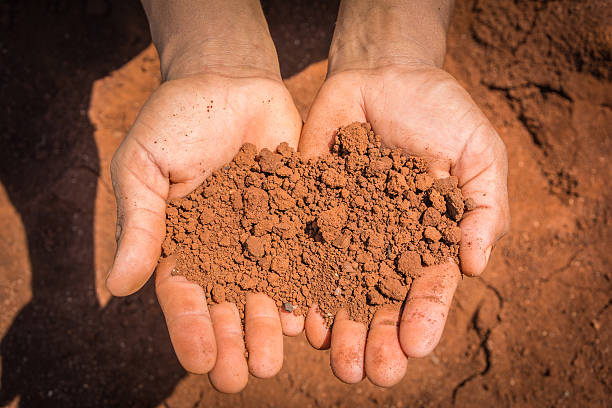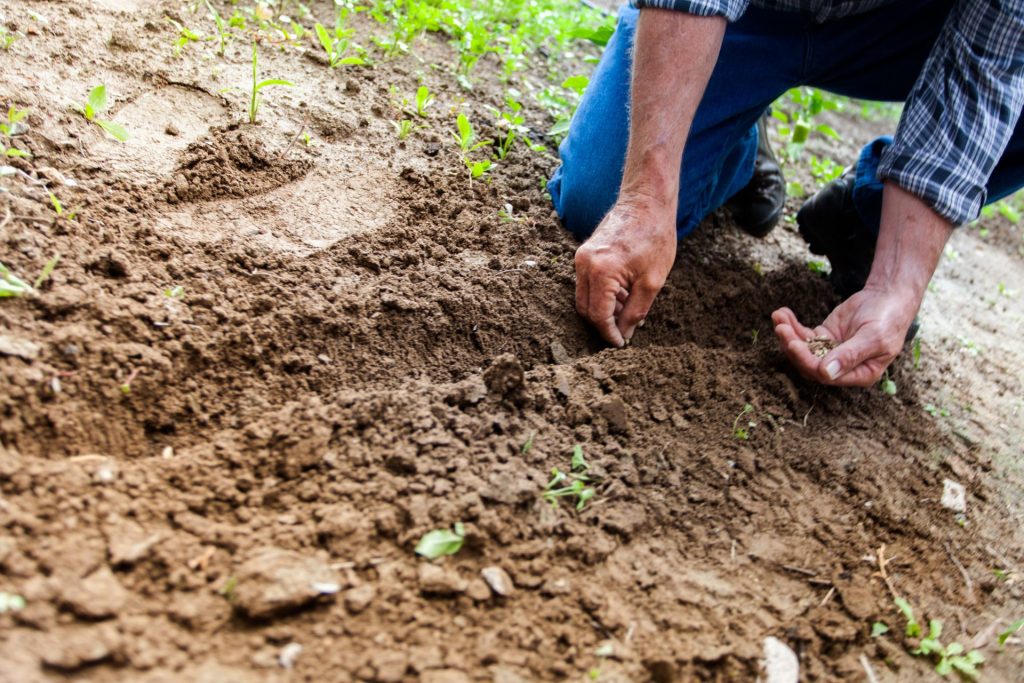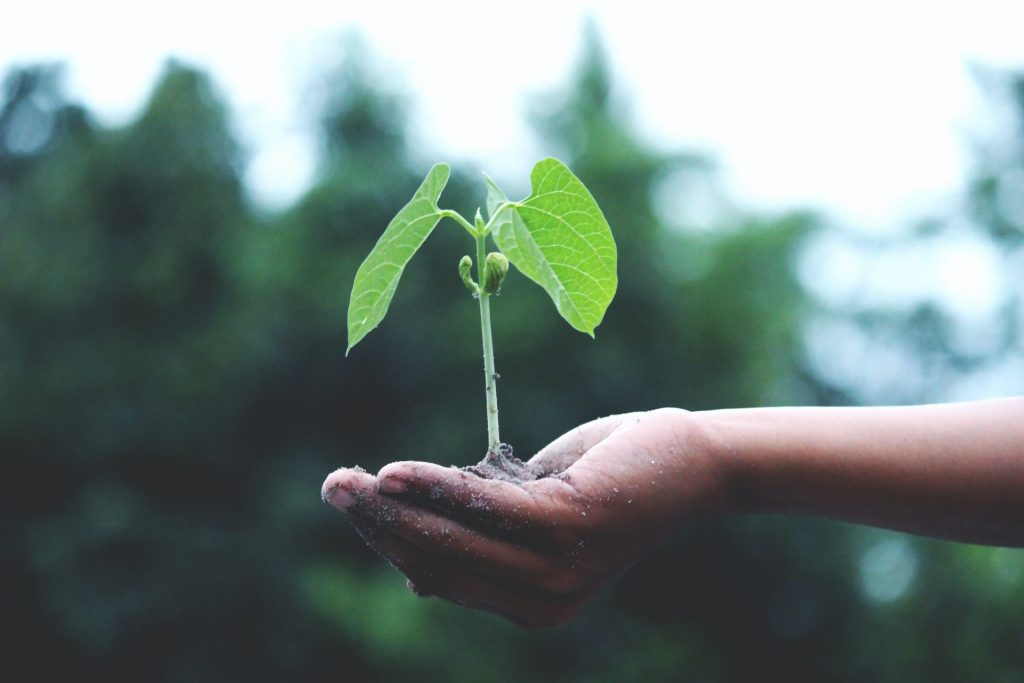In recent years, many households transformed barren areas of their yards into vegetable gardens. It is an invigorating way of maintaining a healthier way of life. Not only will you get to exercise tending your veggies, but also have a good source of all-natural foods.
One of the best ways to ensure a good harvest from your vegetable garden is to mix sand with soil. Sand is known to improve drainage in many garden beds. It also provides good oxygen circulation for your plant’s rooting system.
Now, the question is, what is the best type of sand for a vegetable garden?
Spruce Up Your Vegetable Garden with Loamy Sand
If you plan to make a vegetable garden in your backyard, the best type of sand to mix with soil is loamy sand. This type of sand is ideal for both flowering and fruit-bearing plants. Loamy sand is best for root crops such as carrots or leafy herbs like chives.
While some people see soil as a boring component in a garden, it is one of the most important aspects of making the garden flourish. Good soil offers many wonderful benefits to plants. Soil is one of the sources of nutrients that help plants thrive and survive.
So, it matters what type of soil you use for your plants. In most cases, gardeners create soil mixtures that are most suitable for their greeneries. Some also add sand to their soil mixture to improve the health of plants, but you cannot use just any type of sand. Make sure to ask a garden expert about the right type of sand that you can use for your plant beds.
What makes loamy sand good for vegetable gardens?
A good soil mixture for a vegetable garden consists of several factors, and these are the following:
1. Texture
Soil texture is an essential factor to consider when choosing soil for your garden beds. Loamy sand is composed of three soil textures – sand, silt and clay. Sand is typically coarse and bigger than silt and clay. Silt is an irregularly shaped grain that is smaller than sand but bigger than clay. And lastly, clay has the finest texture among the three.
The combination of these three makes up a good texture for soil mixes used in different kinds of plant beds. Loamy sand is mostly used for vegetable gardens because it provides a well-draining plant base. This is also the reason why many homeowners use loamy sand as the top layer of soil for their lawns.

2. Structure
The next important factor that you should consider as a good vegetable garden soil is its structure. Generally, soil structure refers to how the soil holds up together. They can be categorised as compact, crumbly and loose.
A good soil structure for vegetable gardens should be crumbly. This type of soil structure helps the rooting system of plants to work its way through. It allows enough air to circulate and water to drain efficiently while making sure that the roots get the right amount of nutrients from the soil.

3. Acidity
Another factor when choosing a good sand-soil mixture for your vegetable garden is the pH level or the soil acidity. This is the measurement of the sourness or sweetness in soil. Some plants thrive with a high pH levelled soil while others need a low pH levelled soil to grow.
Most vegetables grow healthily in soils with a moderate level of acidity, that is between pH 6.0 to 7.0. Loamy sand is typically measured at pH 5.5 to 6.5 which makes it the best choice for vegetable gardens.

4. Fertility
The next factor that should be present in a good vegetable garden soil is its fertility. Your chosen type of soil or soil mixture should be a good source of nutrients for your green leafies or root crops. At the very least, it should be capable of retaining the nutrients in the soil even in extreme weather conditions.
One of the best things about loamy sand is its ability to remain cool and moistened on hot summer days while maintaining good water drainage during the cold winter season. So, even if the winter ice starts melting, you don’t have to worry about your vegetable garden since the loamy sand will prevent waterlogging from happening.

5. Organic Matter
Lastly, loamy soil has organic matter that is very beneficial to your growing vegetables. Organic matters in soil are the substances that keep it nutritious for many fruit-bearing plants, or “vegetable-bearing plants” in this case.
Loamy sand provides food to your plants while preventing soil erosion from happening. Loamy sand can also be used as a mulching material that helps prevent weeds from growing.

These are the five most important factors that make loamy sand the best choice for your vegetable garden. So, are you ready to get those vegetables growing?
Contact Mazzegas Landscaping Supplies for all your garden needs!
